World of Darkness
Description
Schedule
Open year-round.
Please note: last entry to this exhibit is 30 min prior to park closing.
Admission
Included with all tickets
Accessibility
-
Low Light
-
Wheelchair Accessible
Only manual and electric wheelchairs are permitted. Always proceed slowly and be careful in the dark. Scooters/ECVs are not permitted inside and must be parked before entering. Bilingual exhibit presented in English and Spanish
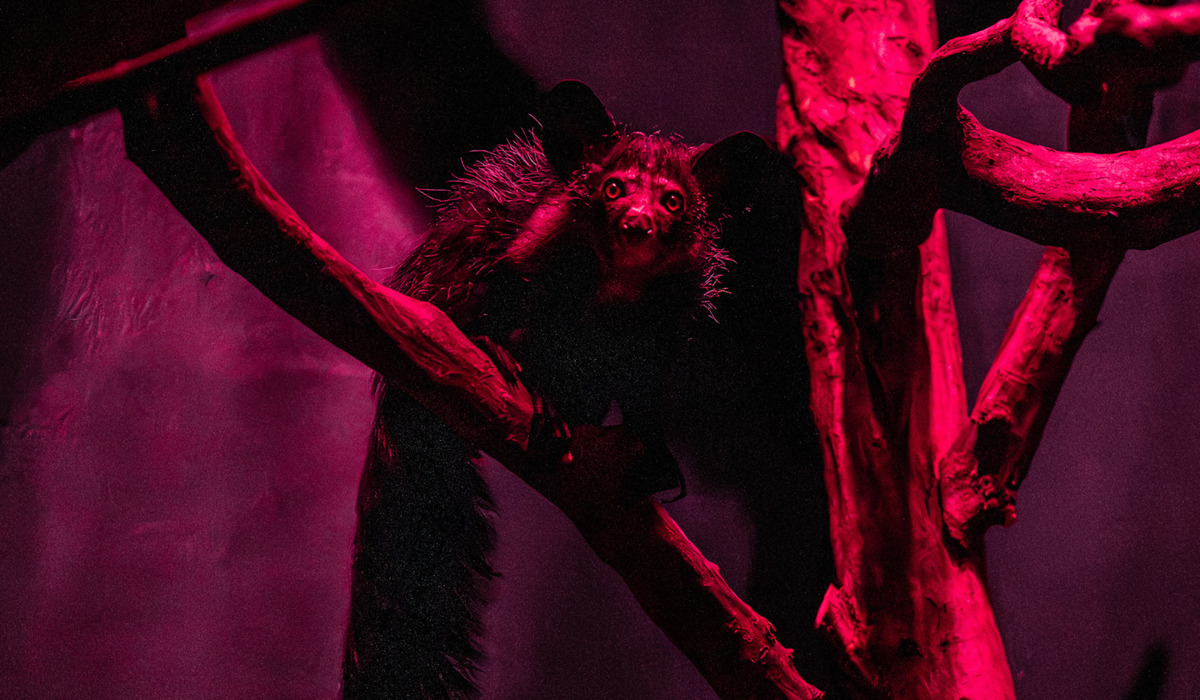
.jpg)
Super Senses
The animals you’ll see in World of Darkness have evolved specialized senses to help them survive in the dark. Aye-ayes have night vision and acute hearing. They forage by tapping on trees and listening closely. An echo means grubs may be inside! They tear the bark with their teeth, then use their long, flexible middle finger to hook and dig out the grubs. Blood pythons detect heat in the form of infrared light, allowing them to see like a night vision camera.
Bats are essential
World of Darkness is home to Egyptian fruit bats, Seba's short-tailed bats, and common vampire bats. Bats play vital roles in their ecosystems, where many species act as pollinators and seed dispersers, and prey on insects. Vampire bats help each other survive by regurgitating blood to feed hungry members of their colony.
Bizarre Behaviors
Some dark-dwelling animals possess unique behaviors and traits, which help them survive in the dark. Slow lorises produce venom that they use as a defense. Male tarantulas have special hairs on their feet that can “taste” the chemical signals called pheromones that a female leaves on the silk entrance of her nest. All scorpions glow in the dark under ultraviolet light—and scientists are trying to find out why!


In the Exhibit

Cacomistle
Cacomistles, also known as ringtails, are found in the southwestern United States and Mexico. They are excellent climbers, capable of ascending vertical walls, trees, rocky cliffs, and even cacti.
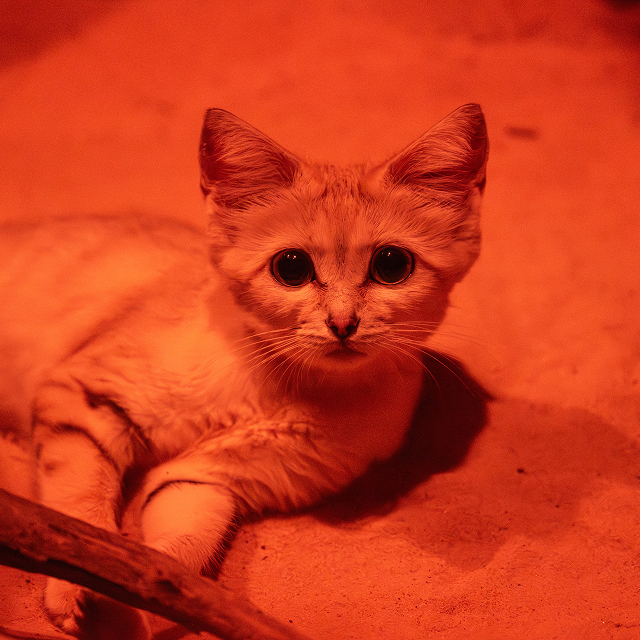
Sand cat
Crouching low to the ground, sand cats listen with their big ears for the sounds of small animals burrowing underground, then dig them up for a meal.
.jpg)
Two-toed sloth
Sloths are slow-moving ecosystems unto themselves! A variety of algae, bacteria, fungi, moths, insects, and mites live in their fur.
More Animals in World of Darkness
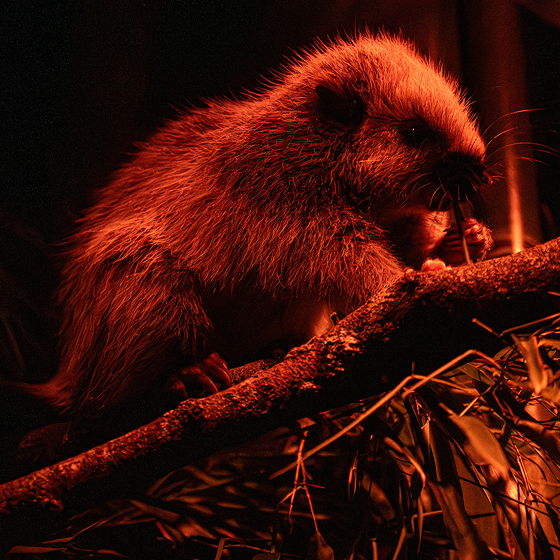
GIANT CLOUD RAT
.png)
NAKED MOLE RAT
.png)
BROAD-SNOUTED CAIMAN
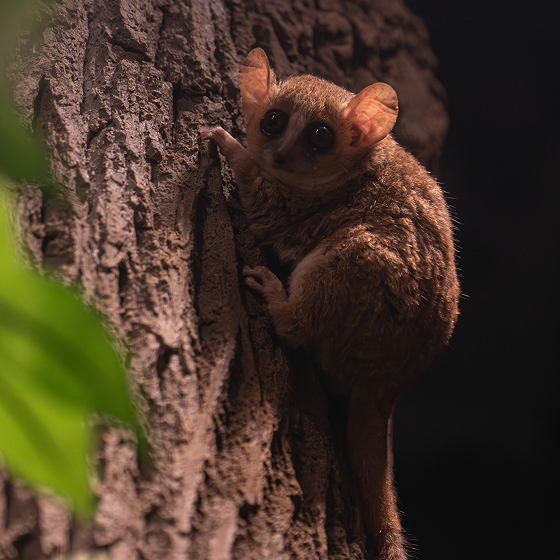
MOUSE LEMUR
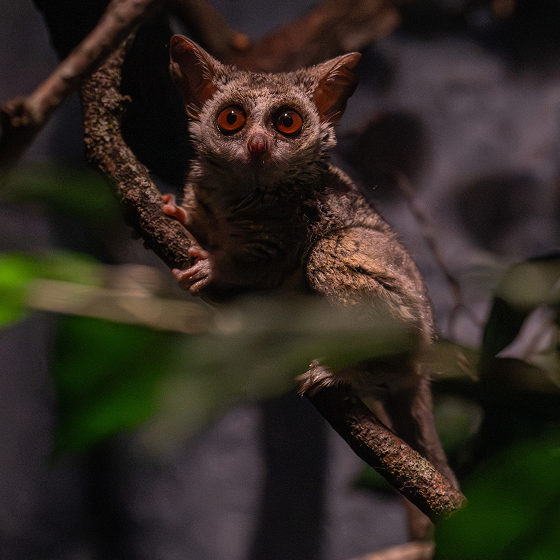
SOUTHERN LESSER GALAGO
.png)
TIMOR PYTHON
Get more out of your zoo visit
Become a WCS Member today and begin a year of adventure at the Bronx Zoo, Central Park Zoo, Queens Zoo, and Prospect Park Zoo. Book a Wild Encounter for a personal meeting with your favorite animals and the keepers who care for them.
Welcome! It’s dark in here.
Give your eyes time to adjust to the dark.


